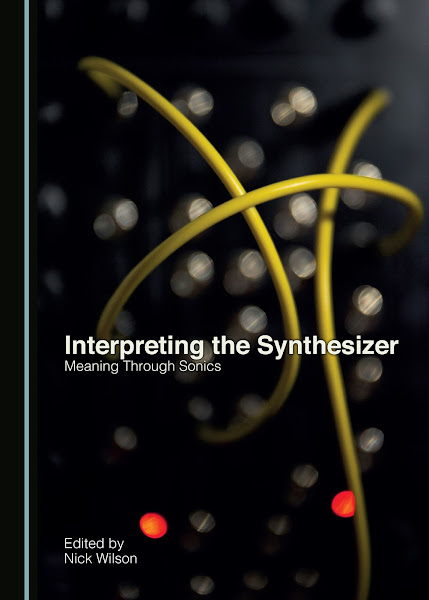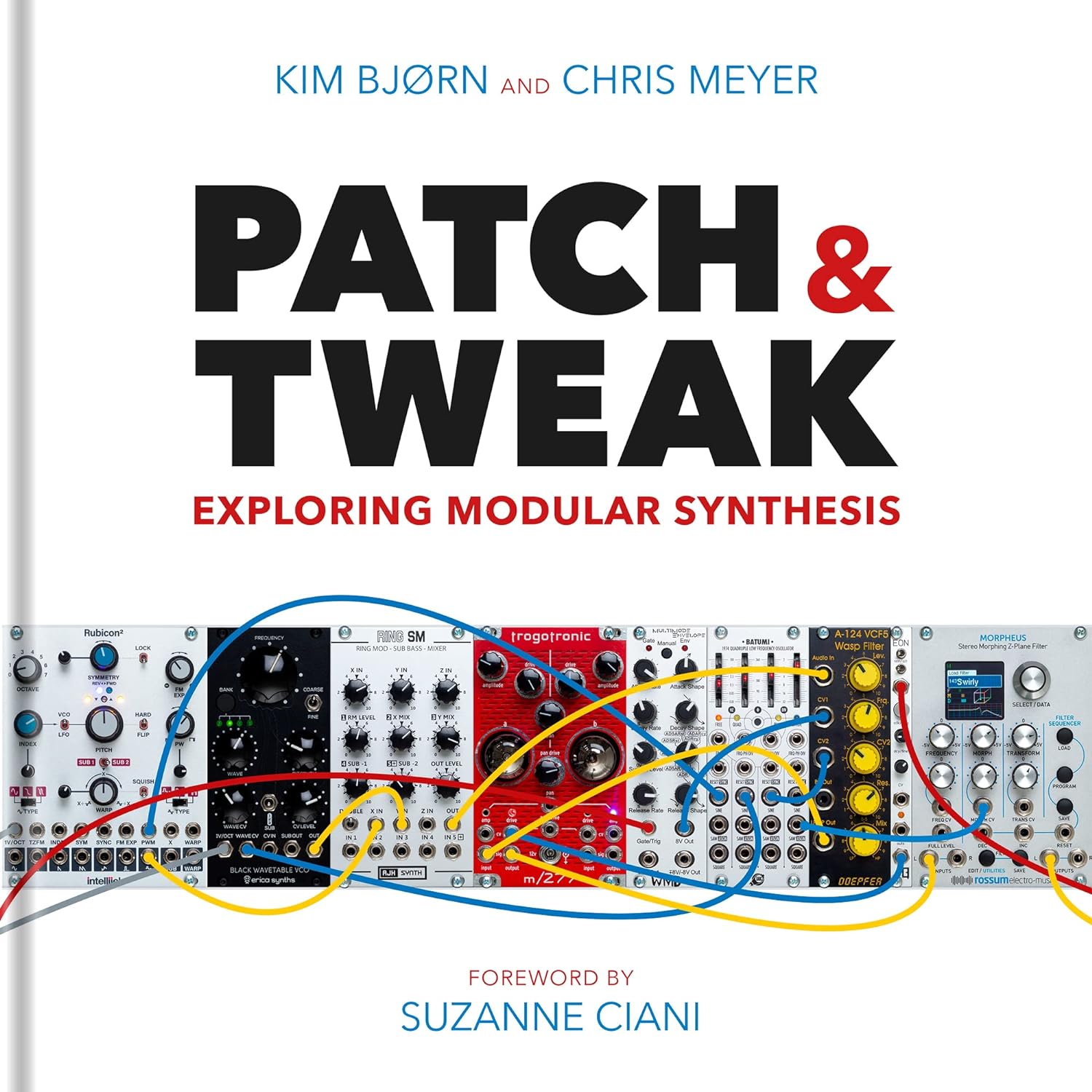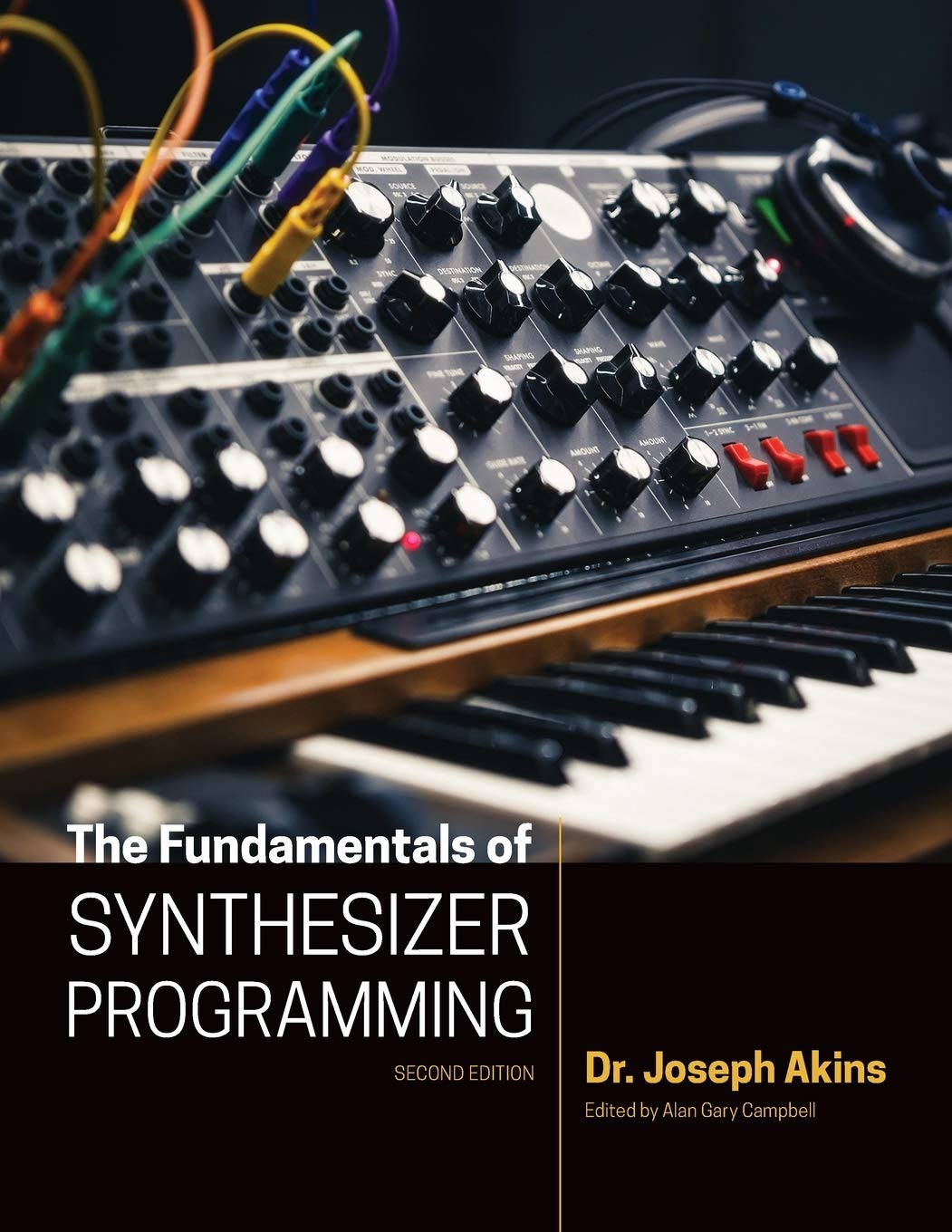
via this auction
Perfect Circuit Audio (RSS)
"The ED116 Extended SH-Noise is the same circuit as the ED115, but adds flexibility providing manual settings for the Red/Blue content of the Violet noise source and Rate control of the Random noise source.
Noise Generator
White Noise: This module uses the noise produced by the base-emitter junction of an NPN transistor, which is reverse-biased. The noise is amplified to a level of about 10V peak-to-peak.
Pink Noise: The pink filter is a 3db/octave filter which is pretty linear across the range 10 Hz to 15 kHz to within 1db across the full 50db range. A final stage buffer-amplifier sets the output level to around 10V peak-to-peak.
Violet Noise: The violet filter has two frequency dependent elements in the feedback path. The first feedback element on its own would produce a 6db/octave rise in the gain of the amplifier from 0db at 0 Hz via 3db at 9 Hz to 20db at 90 Hz. the second feedback element on its own would produce a 6db/octave fall in gain from 0hz to 1khz above which the gain would remain constant at 0db.
The combined effect of these feedback elements is that below 90 Hz the 6db/octave rise and 6db/octave fall cancel out, giving a gain of 20db. Above 90 Hz the gain falls at 6db/octave to 0db at 1 kHz, above which it remains constant. The result being that the bass end of the noise spectrum is boosted and "colored" noise is available at the violet output. A final stage buffer-amplifier sets the output level to around 10V peak-to-peak.
Random Noise: The random noise output is a 12db/octave lowpass filter which passes only the very low frequency components to produce an extremely low frequency "random voltage". Fluctuations of the random voltage are displayed on an LED indicator.
By default, the random output is an analogue voltage with a nominal range of around 10V peak-to-peak. However an onboard jumper allows this output to be steered through a dual comparator to provide a digital output.
The digital-random output generates +5V output whenever the random voltage is greater than around +2V, a -5V output when the random voltage drops below -2V and a 0V output when the random voltage is within the range -2V to +2V.
Sample & Hold
The sample & hold section takes an instantaneous sample of the input signal and presents it to the out output. The resultant output is a "random voltage" that changes on each positive edge of the sample input.
The sample connector is normalized to the random output of the noise section while the in connector is normalized to the white output (an onboard jumper allows the user to change this to either the pink or violet outputs if desired) of the noise section. Inserting a jack in to any of these connectors will allow an external signal to be used instead.
Features
White Noise output: Normalized to the S&H input
Pink Noise output
Violet Noise output
Random Noise ouput: Normalized to the sample input
Sample & Hold input
Sample input
Sample & Hold ouput
2 LED indicators
Rate knob for Random noise
Red and Blue level knob for Violet noise"





































No comments:
Post a Comment
Note: To reduce spam, comments for posts older than 7 days are not displayed until approved (usually same day).